25 October 2006
งานเผาศพ
Cremation day
Cremation is the practice of disposing of a corpse by burning. This often takes place in a crematorium or crematory. Cremation and burial are the main ways of final disposition of the dead.
Cremation furnace
The place where the cremation takes place is called crematorium. The crematorium consists of one or more ovens or furnaces and facilities for handling of the ashes. A cremation furnace is a large furnace capable of reaching high temperatures up to approximately 1600-1800 °F (870-980 °C) with special modifications to ensure the efficient disintegration of the corpse. One of these modifications is the aiming of the flames at the corpse's torso, where a majority of the corpse's mass rests.
The crematorium may be part of chapel or a funeral home, or it may be part of an independent facility or a service offered by a cemetery. The body burns in the retort.The furnaces use a number of different fuel sources, such as natural or propane gas. Modern cremation furnaces include control systems that monitor the conditions inside the furnace while a cremation is taking place. The operator can make adjustments to provide for more efficient burning, as well as ensuring that minimal environmental pollution occurs.
A cremation furnace is not designed to cremate more than one body at a time, and to do so is against the law in all 50 US states and many other nations. The chamber where the body is placed is called the retort. It is lined with special bricks to help retain the heat. These bricks require replacement after about five years because of continual expansion and contraction due to temperature cycling.
Modern cremators are computer-controlled with safety devices and interlocks to ensure legal and safe use, e.g., the door cannot be opened until the cremator has reached the correct operating temperature. The coffin is injected into the retort as quickly as possible to avoid heat loss from the top-opening door. The coffin may be on a motorised trolley that can inject the coffin at speed, or one that can tilt to tip the coffin down a slope into the cremator.
Crematoriums will allow relatives to view the injection and sometimes this is done for religious reasons, e.g., Hindus. However, notwithstanding the respect with which the deceased is treated, this is fundamentally an industrial process and not recommended for the sensitive or faint-of-heart.
Cremators are a standard size. Large cities will have access to an oversize cremator that can handle deceased in the 200+ kg range. However, the morbidly obese cannot be cremated and must be buried.
The crematorium may be part of chapel or a funeral home, or it may be part of an independent facility or a service offered by a cemetery. The body burns in the retort.The furnaces use a number of different fuel sources, such as natural or propane gas. Modern cremation furnaces include control systems that monitor the conditions inside the furnace while a cremation is taking place. The operator can make adjustments to provide for more efficient burning, as well as ensuring that minimal environmental pollution occurs.
A cremation furnace is not designed to cremate more than one body at a time, and to do so is against the law in all 50 US states and many other nations. The chamber where the body is placed is called the retort. It is lined with special bricks to help retain the heat. These bricks require replacement after about five years because of continual expansion and contraction due to temperature cycling.
Modern cremators are computer-controlled with safety devices and interlocks to ensure legal and safe use, e.g., the door cannot be opened until the cremator has reached the correct operating temperature. The coffin is injected into the retort as quickly as possible to avoid heat loss from the top-opening door. The coffin may be on a motorised trolley that can inject the coffin at speed, or one that can tilt to tip the coffin down a slope into the cremator.
Crematoriums will allow relatives to view the injection and sometimes this is done for religious reasons, e.g., Hindus. However, notwithstanding the respect with which the deceased is treated, this is fundamentally an industrial process and not recommended for the sensitive or faint-of-heart.
Cremators are a standard size. Large cities will have access to an oversize cremator that can handle deceased in the 200+ kg range. However, the morbidly obese cannot be cremated and must be buried.


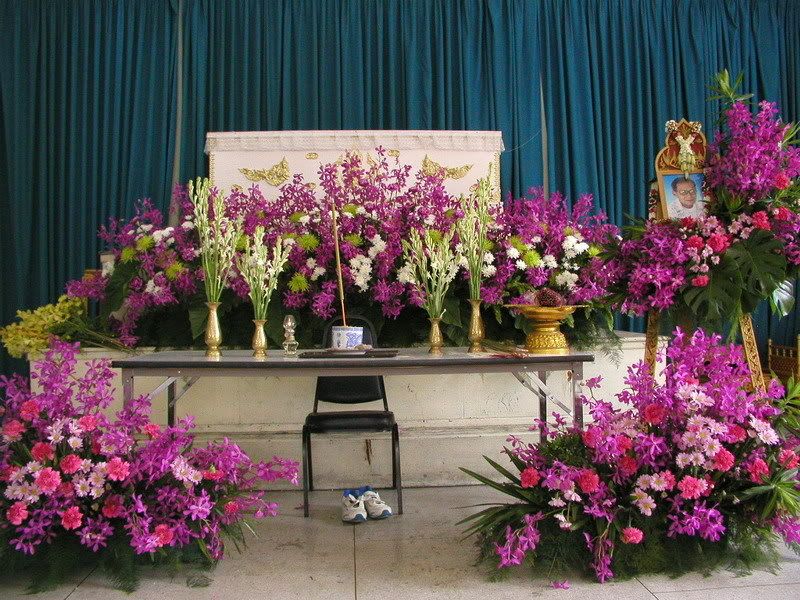
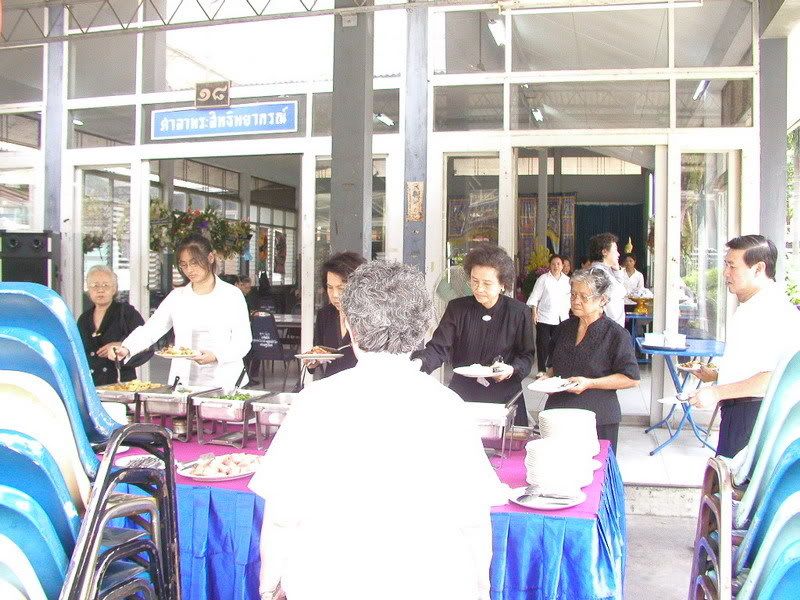


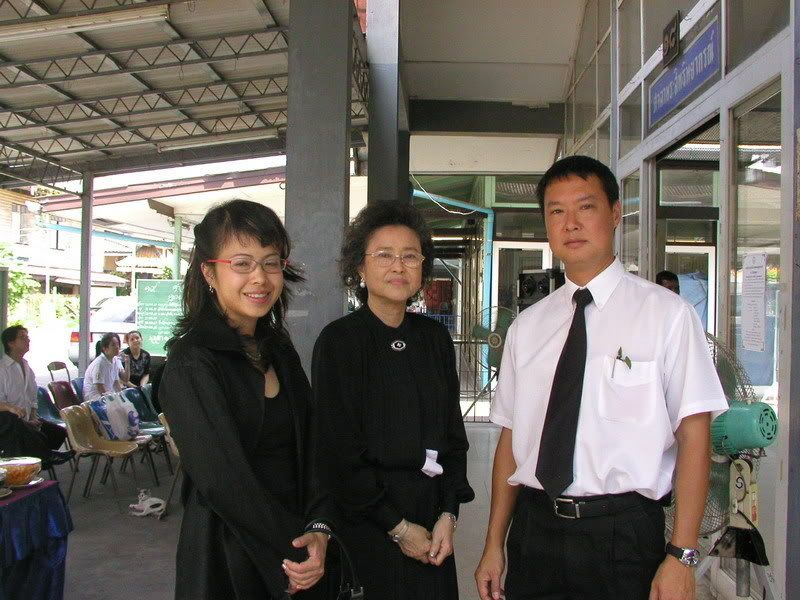

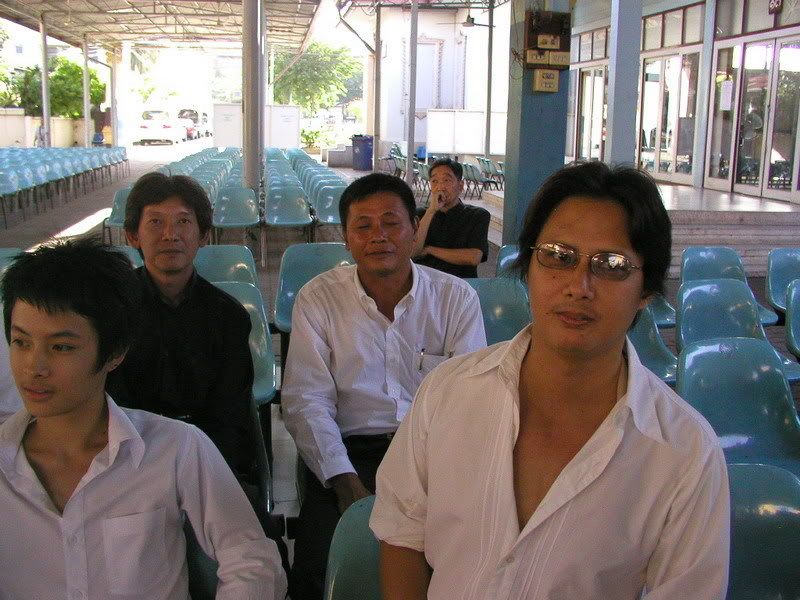
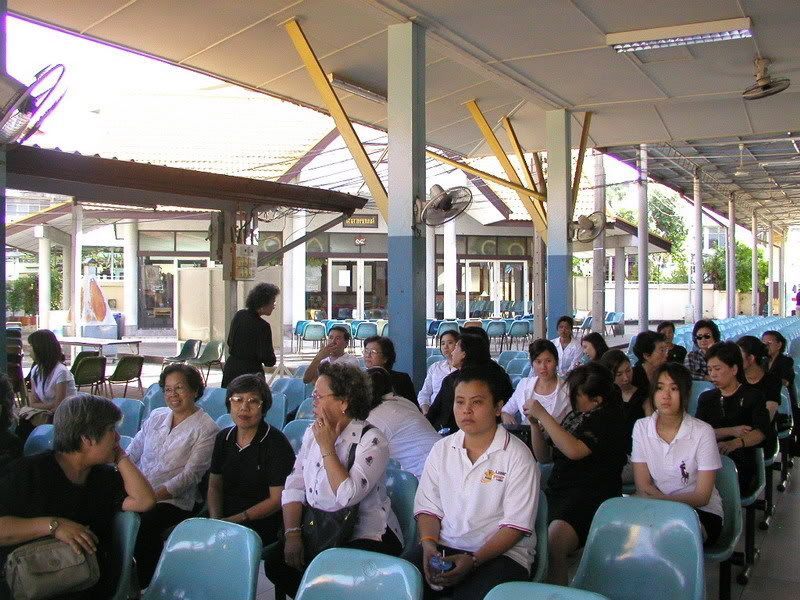
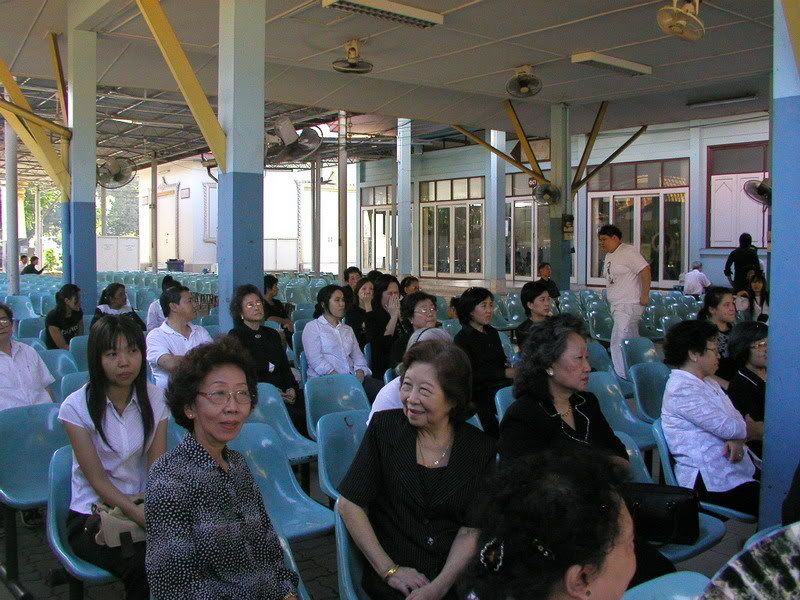


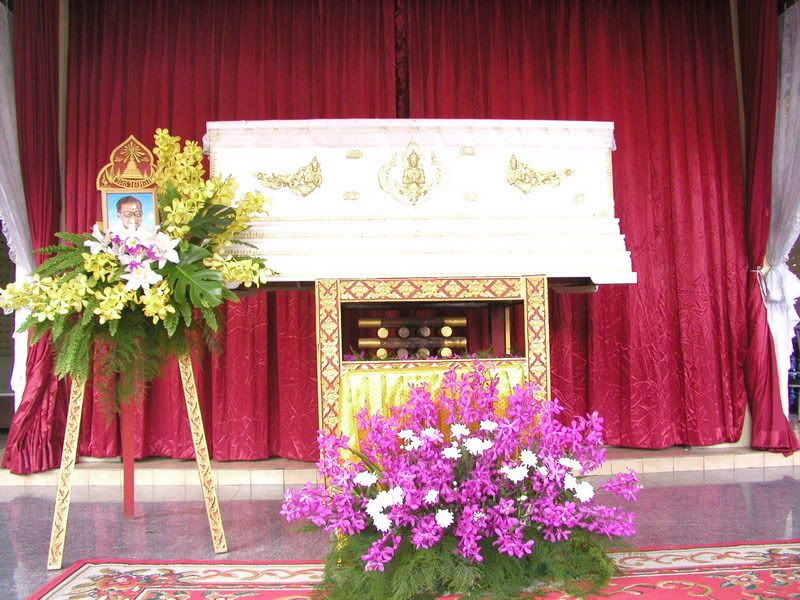
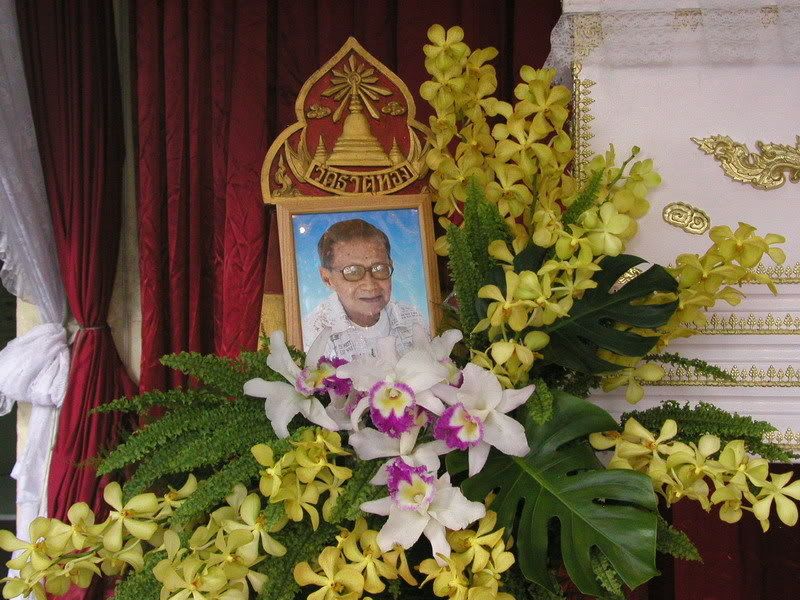
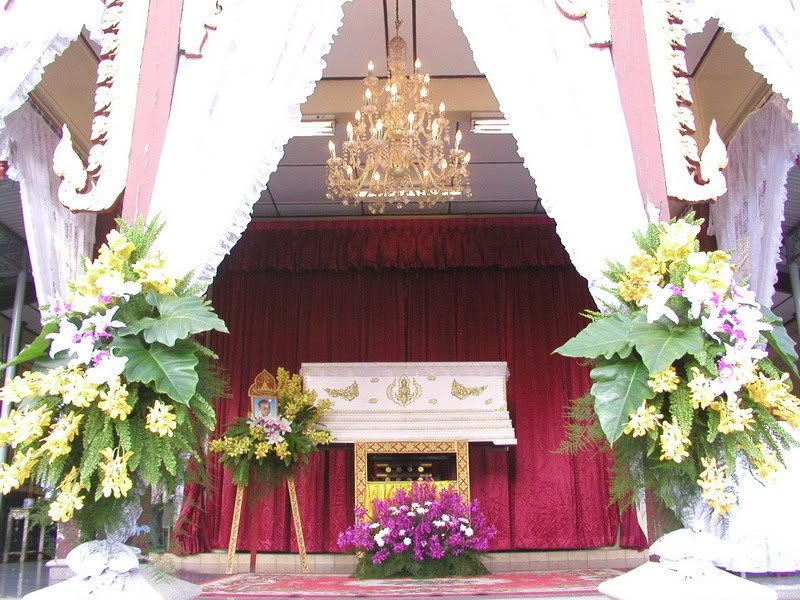
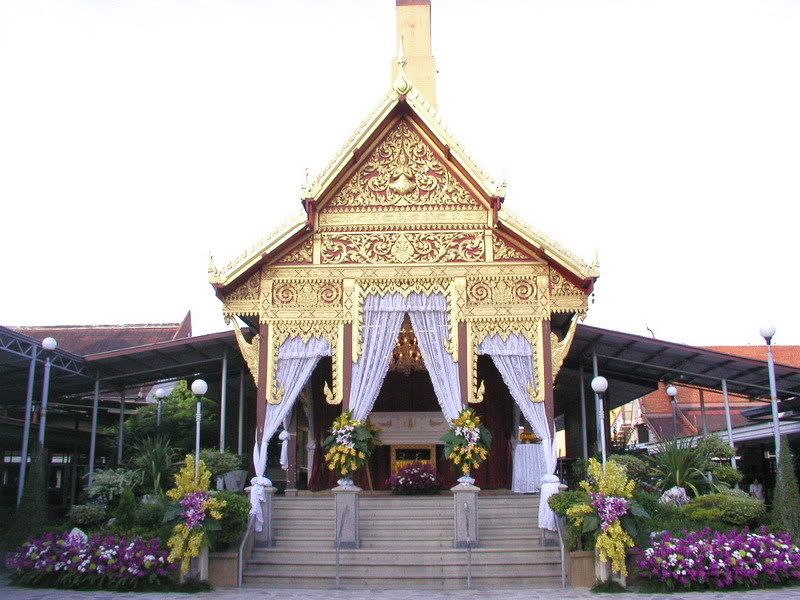
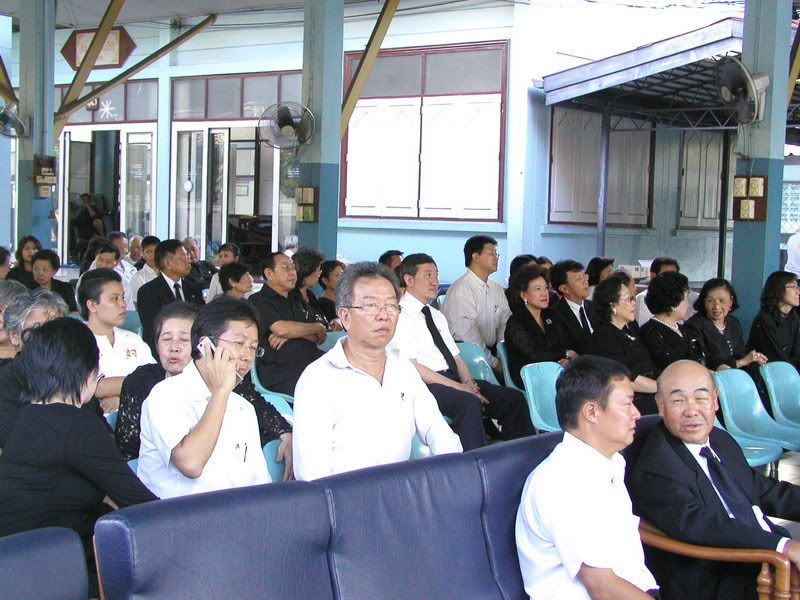
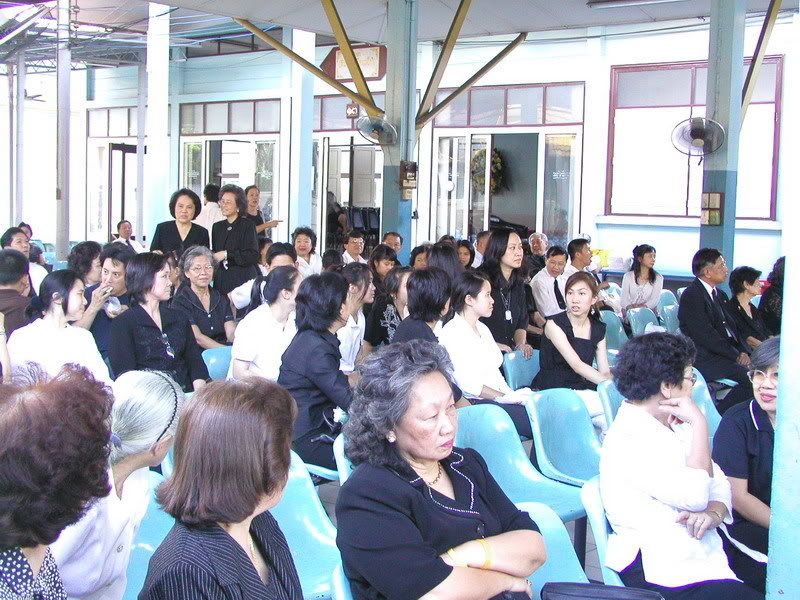
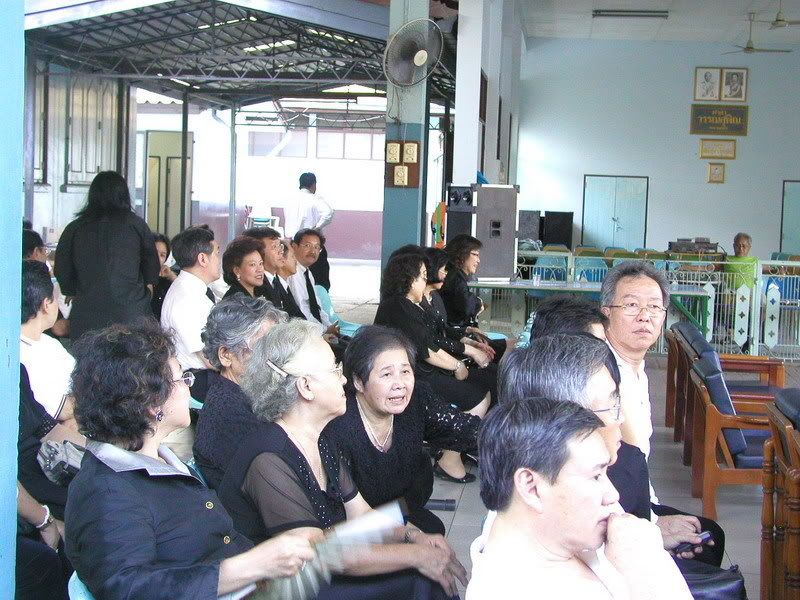
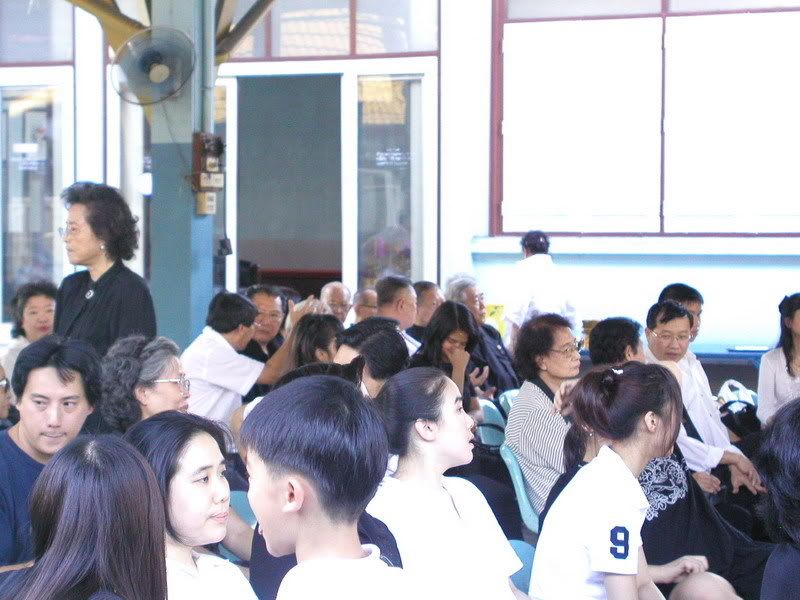

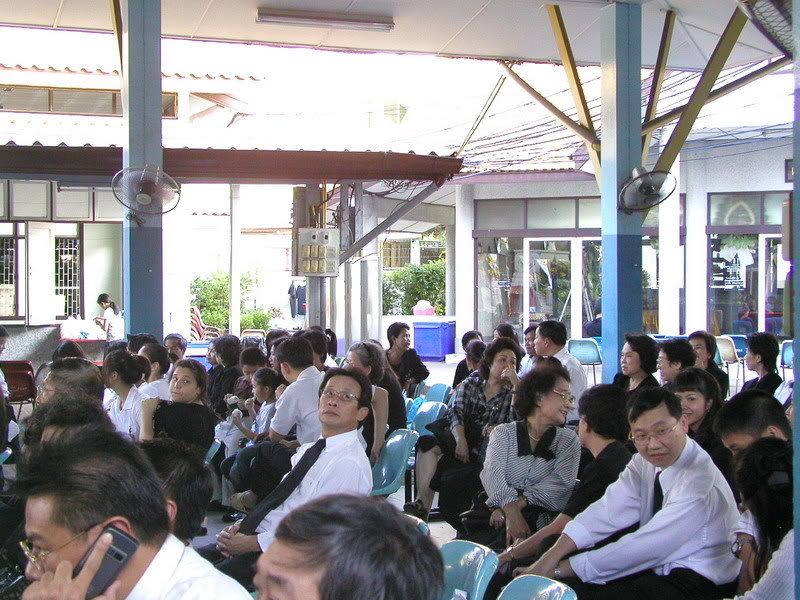
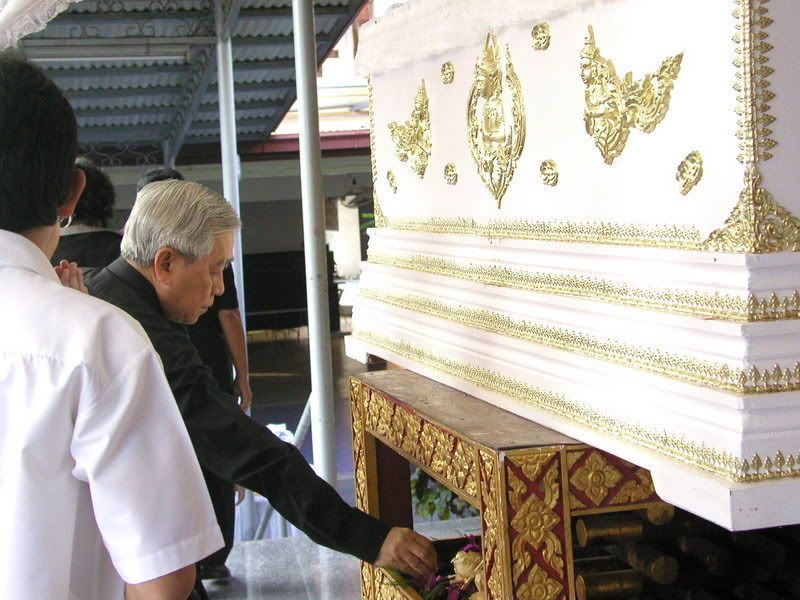
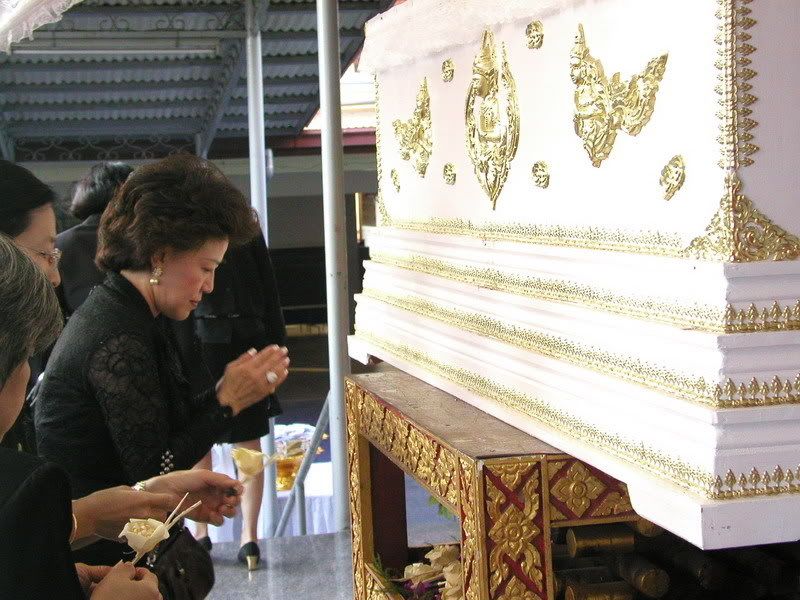
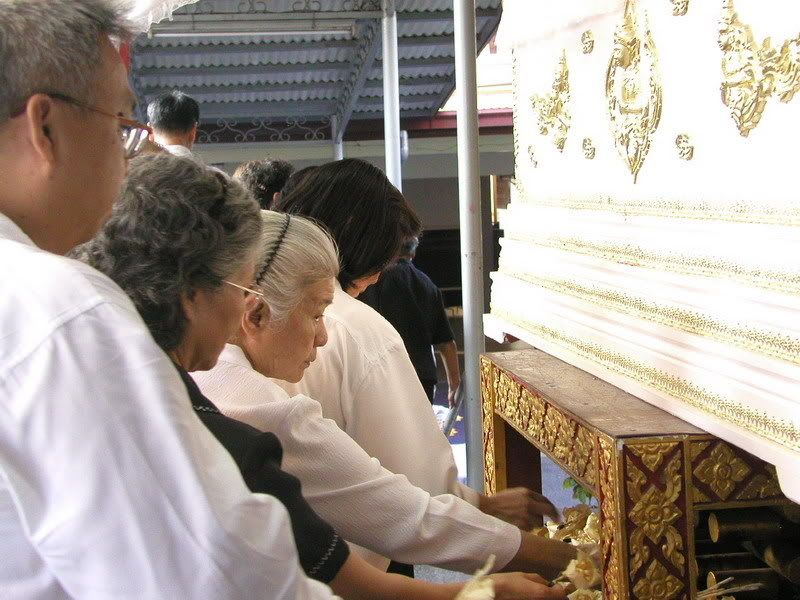
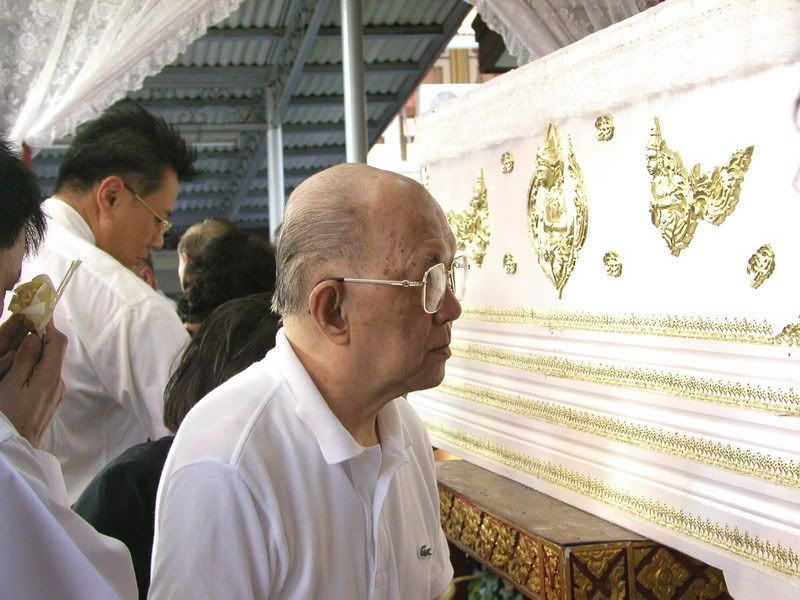
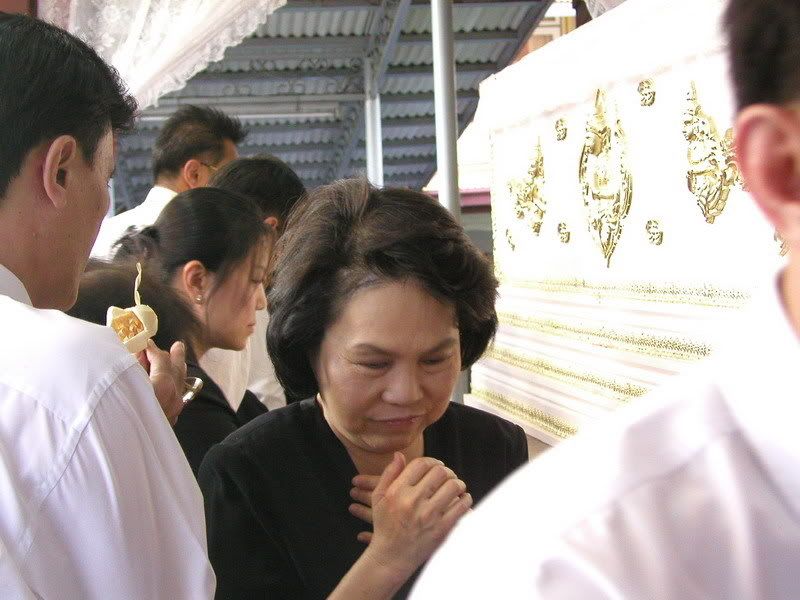

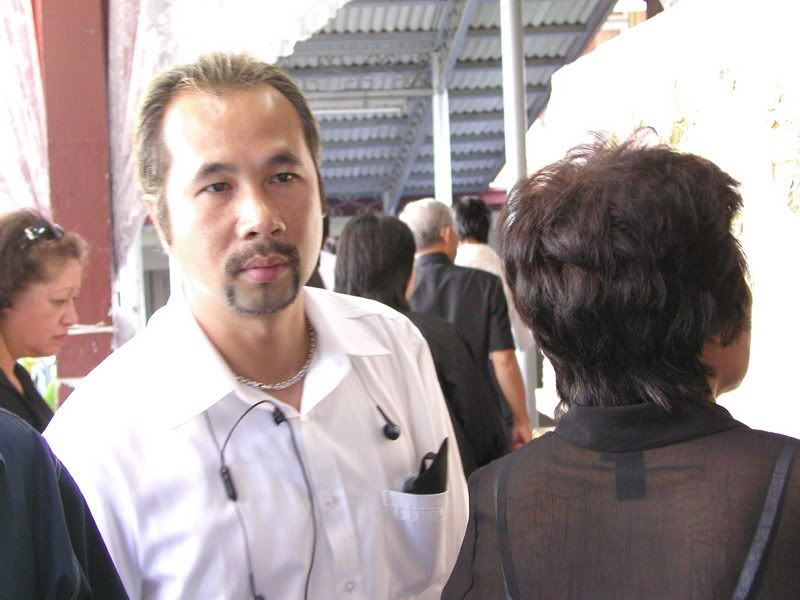
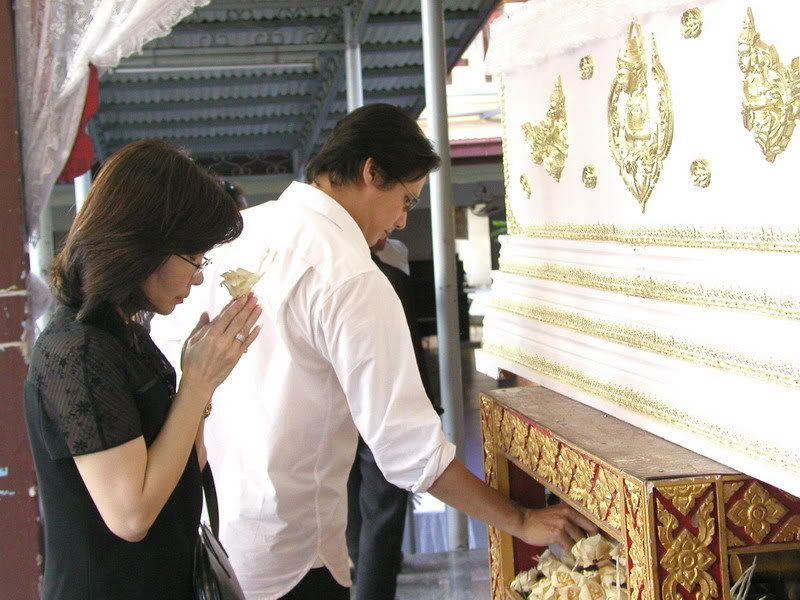
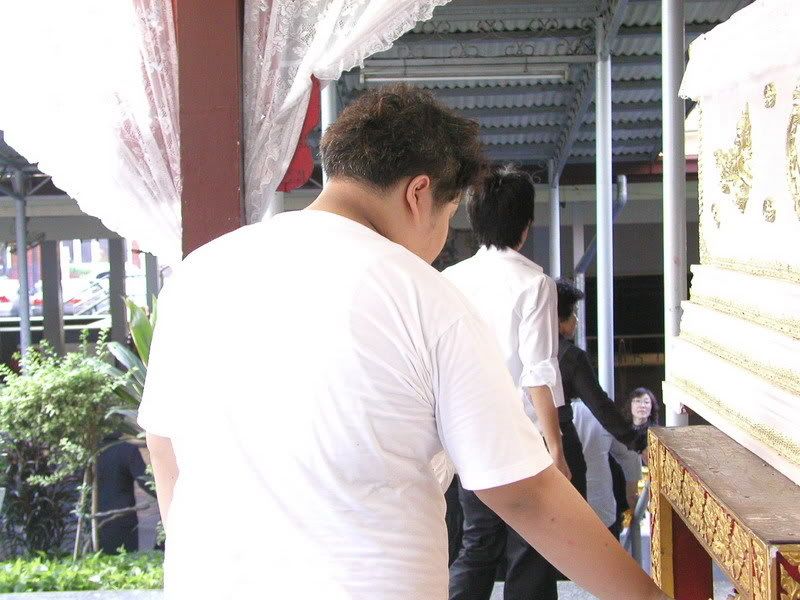

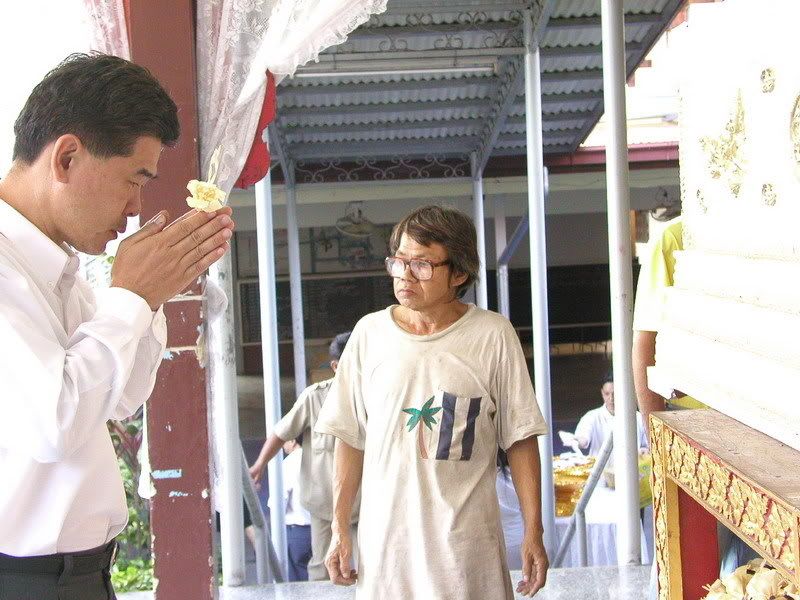
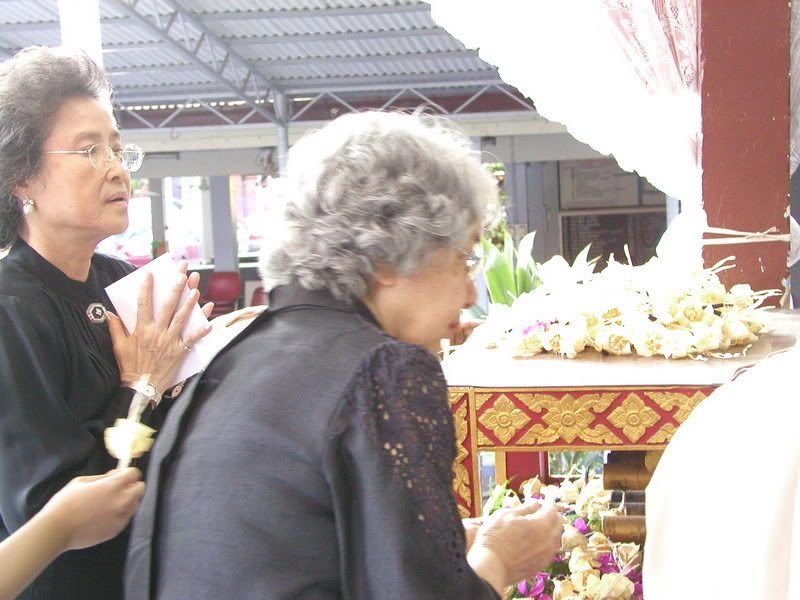
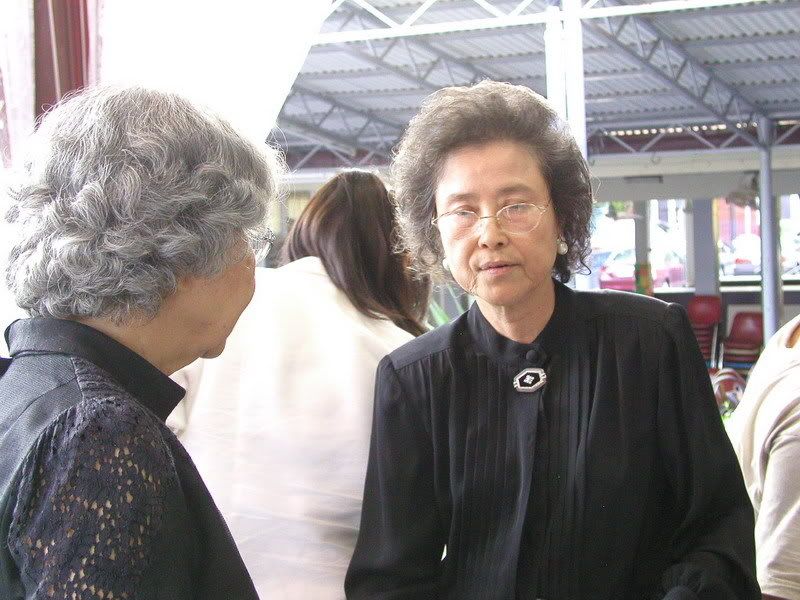
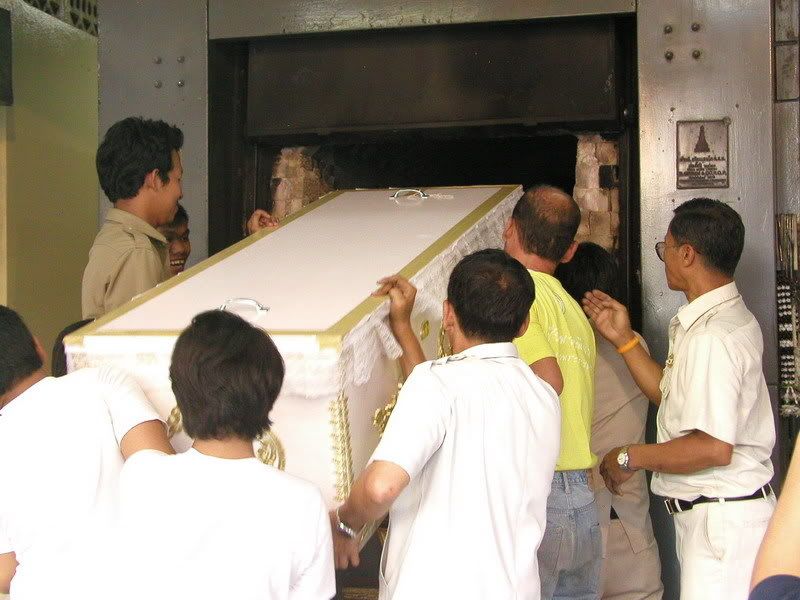

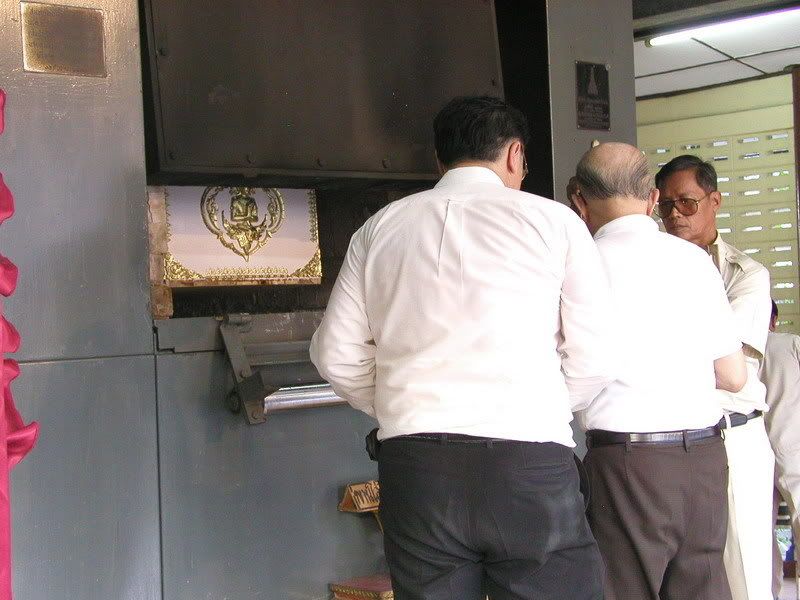
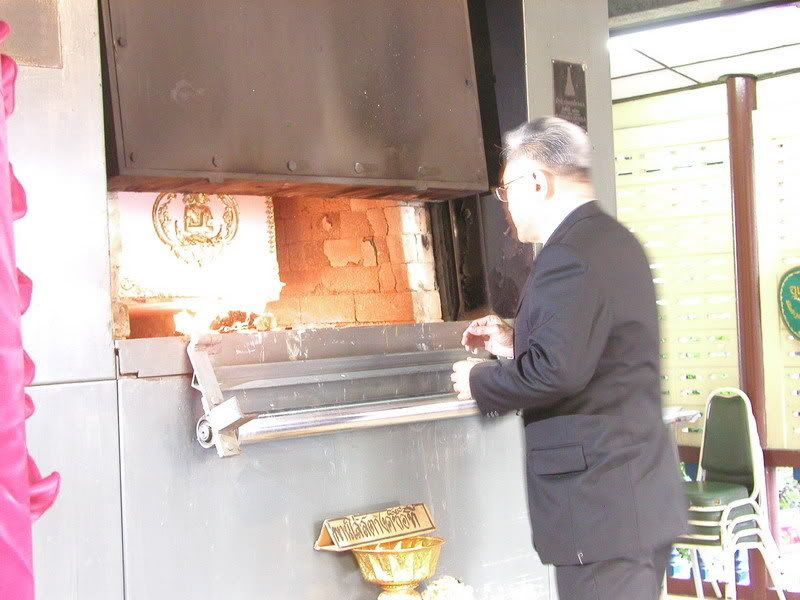
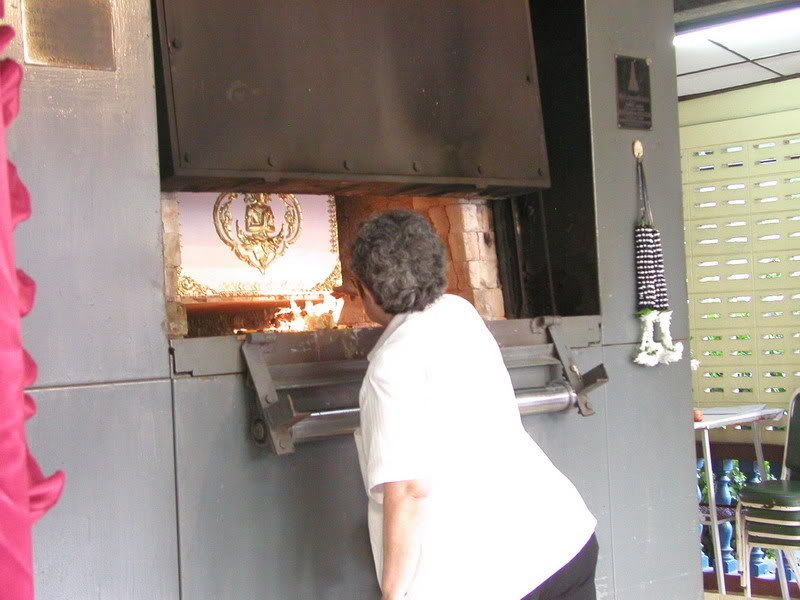
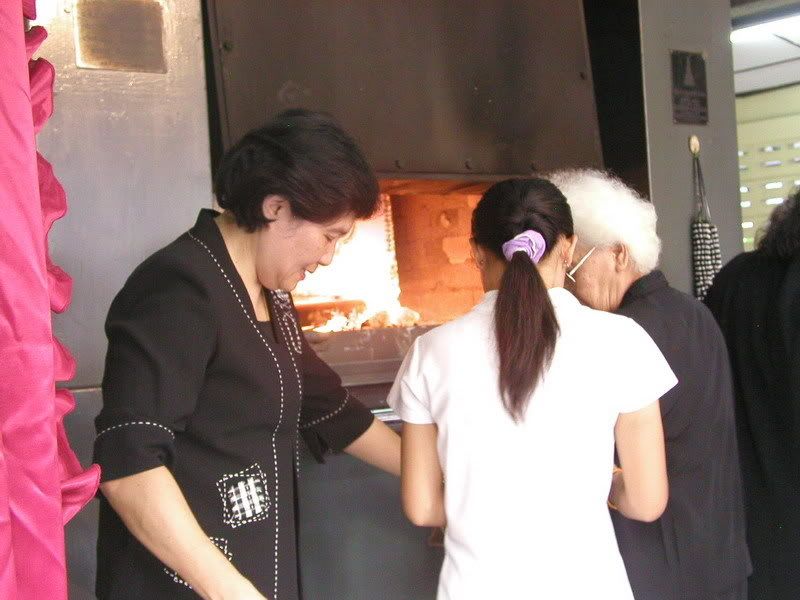

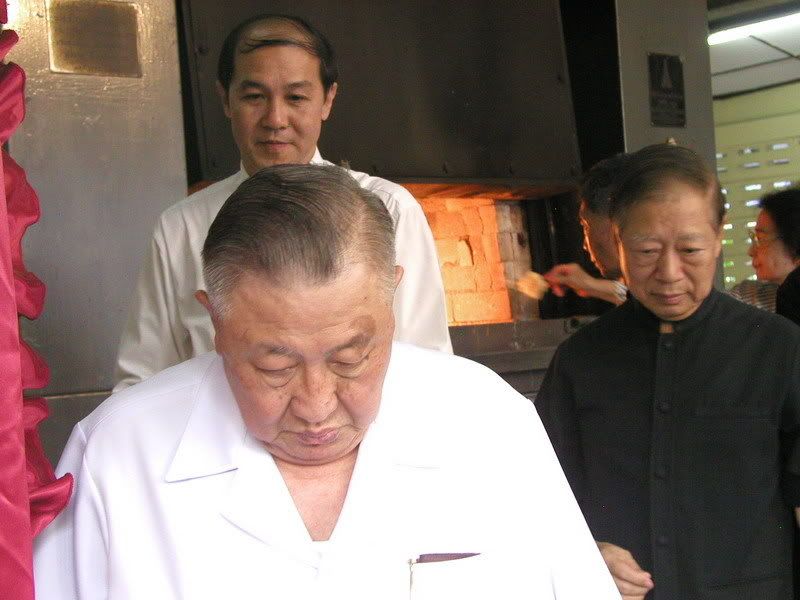
No comments:
Post a Comment